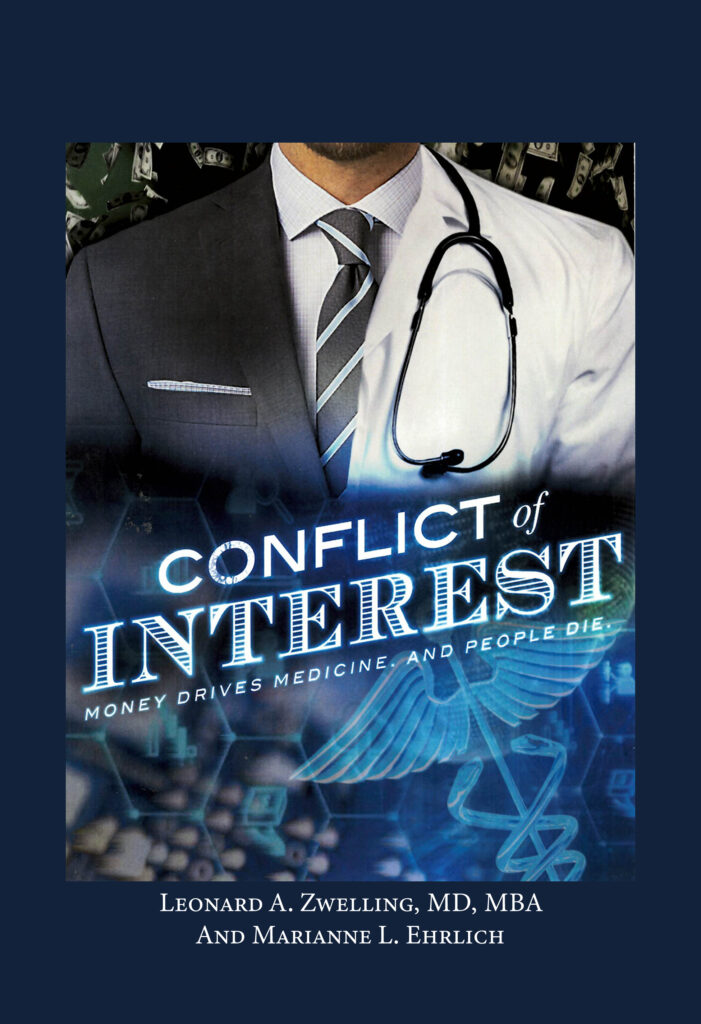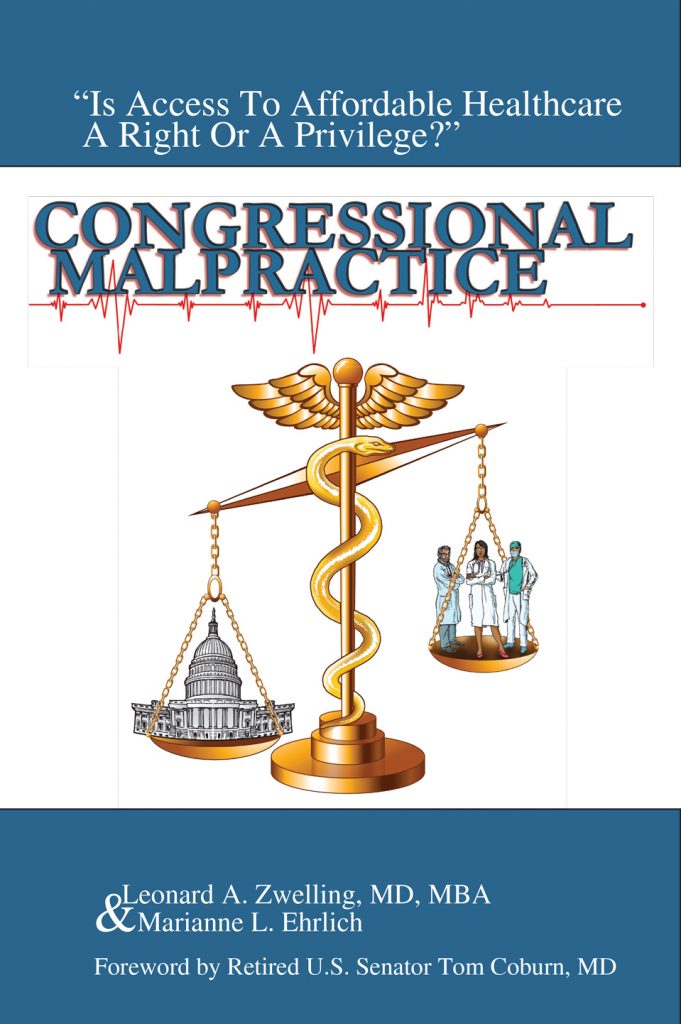The Absence Of Fun At Work
By
Leonard Zwelling
Suzy Welch is the wife of the late chairman of General Electric, the legendary Jack Welch. Mr. Welch developed a learning center at GE called Crotonville. This site for interaction between employees and management has closed and Ms. Welch’s op-ed goes a long way to explaining why and why the rift between employees and management is so great in 2024. This is not just at MD Anderson. Apparently, it’s everywhere and characteristic of GenZ in the work force.
There is no institutional loyalty on the part of either the employees or the management. Either is ready to move on at the drop of a hat or, more likely, a bigger signing bonus.
In my career, I have only worked at a few places. I was at the NIH for nine years, which doesn’t count since most of that was as a trainee and the NIH is like no other institution in the world, for good and bad reasons. To summarize, it’s a great place to grow up and a terrible place to grow. Even if you rise to a position of power at the NIH intramural program, you have taken a vow of poverty. Who needs that?
When I came to MD Anderson, there were some for certain truths. First, it was an institution that really did care about the faculty. The leadership wanted you to succeed and gave you every opportunity to do so with space, slots, and money. Second, no one ever left MD Anderson. Why bother? You could so what you wanted, grow exponentially, and be paid well to do both. Third, you were really part of a team. My red tee shirt said it all: “Fighting Cancer, Now That’s A Job.” We were well led. We all wanted to follow. The work was fun: pleasure, engagement, meaning.
Flash forward to 2024.
There is a clear adversarial relationship between the leadership of the administration and the faculty characterized by the ineptness of the former and the exhaustion of the latter. People leave all the time—faculty, nurses, classified staff.
The faculty does not trust the leadership and, in fact, fears the leadership given its arbitrary demonstrations of power and force rationalized as enforcement of professionalism, a term yet to be defined and the predominance of lawyers in the life of the institution.
The president and his leadership team are transparently not up to their jobs and thus cower at the thought of shared governance. To be fair, there are real issues facing the leadership like financial stress and over-regulation, but some of that stress is of their own making given the huge increase in bureaucratic bloat that characterizes MD Anderson today and the clear excess of non-faculty employees.
The good news is that it all can be fixed. The easy fix is for the leadership to listen to the faculty as to what their lives are like and why there is such a trust gap between the faculty and the administration. I fear the easy fix is unlikely as that would necessitate the Governing Body admitting to his shortcomings and blazing a new path. I don’t see this happening.
The hard fix is to replace the leadership. I don’t see that happening either as the UT System leadership is every bit as clueless as the local leaders on Holcombe.
I really do remember when working at MD Anderson was fun—in the lab and as a vice president. Those days are gone and the current crop of younger faculty come from a cohort in which work-life balance trumps the passion for work as the important driver of job satisfaction. Too bad. Cancer is not sleeping waiting for the fight to restart.




